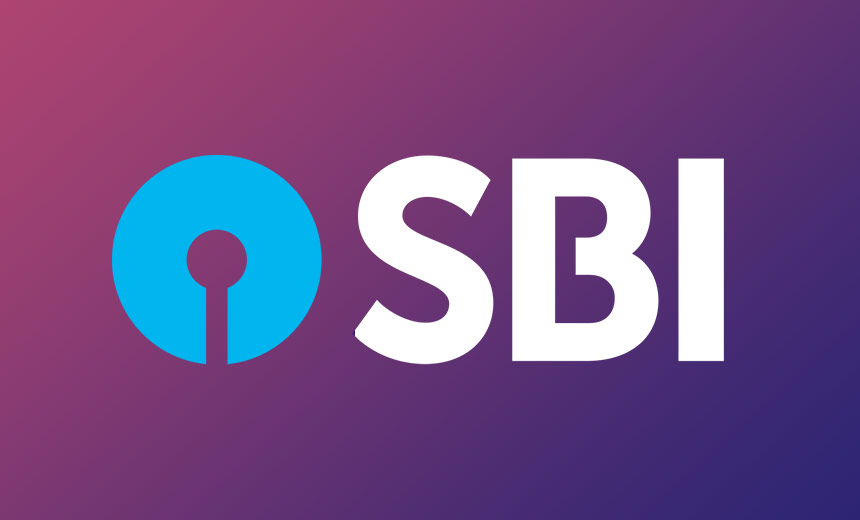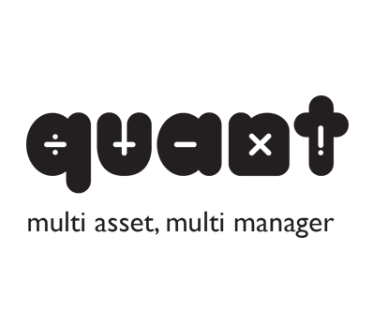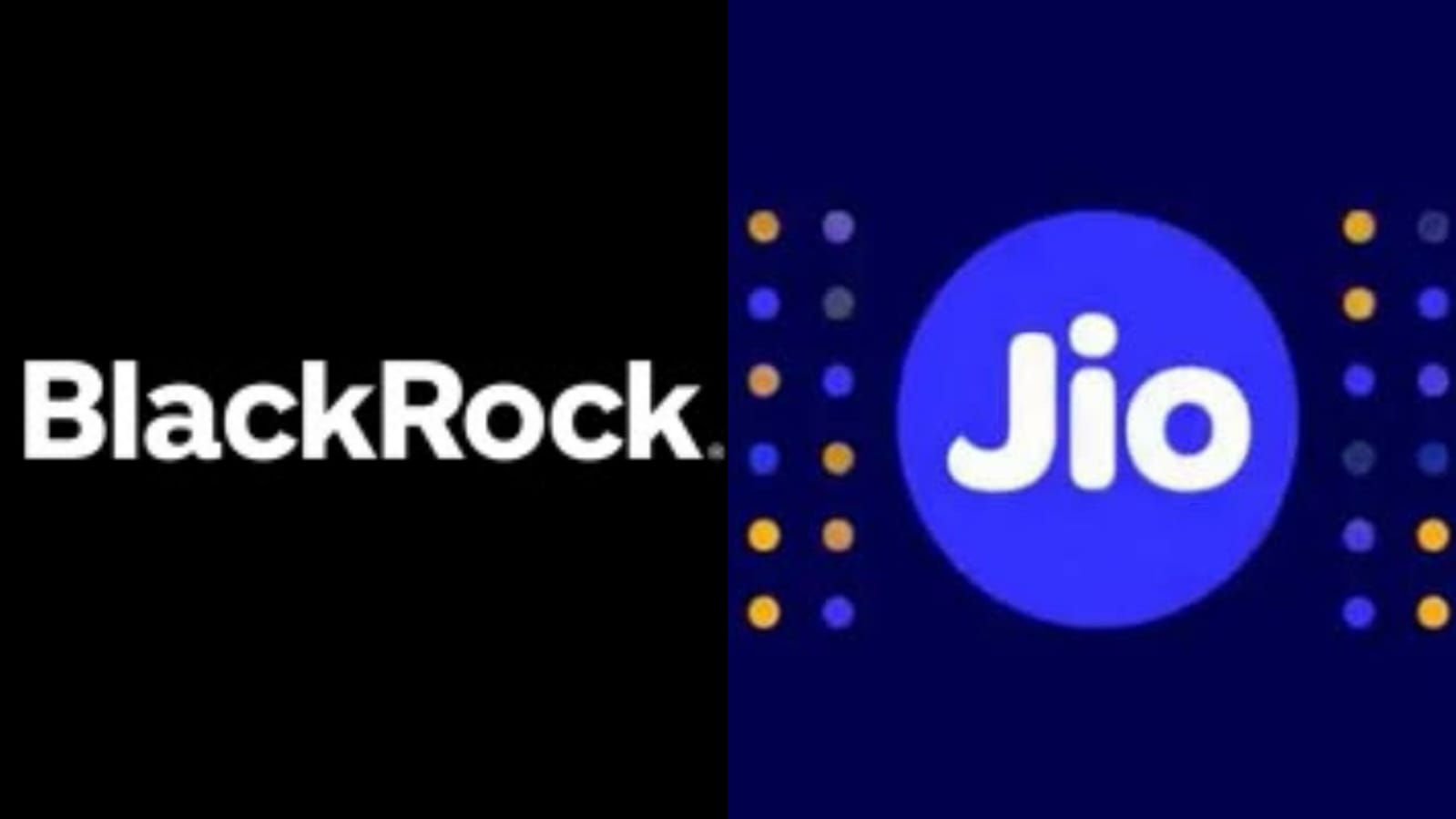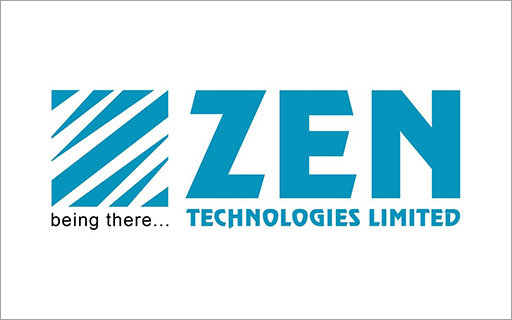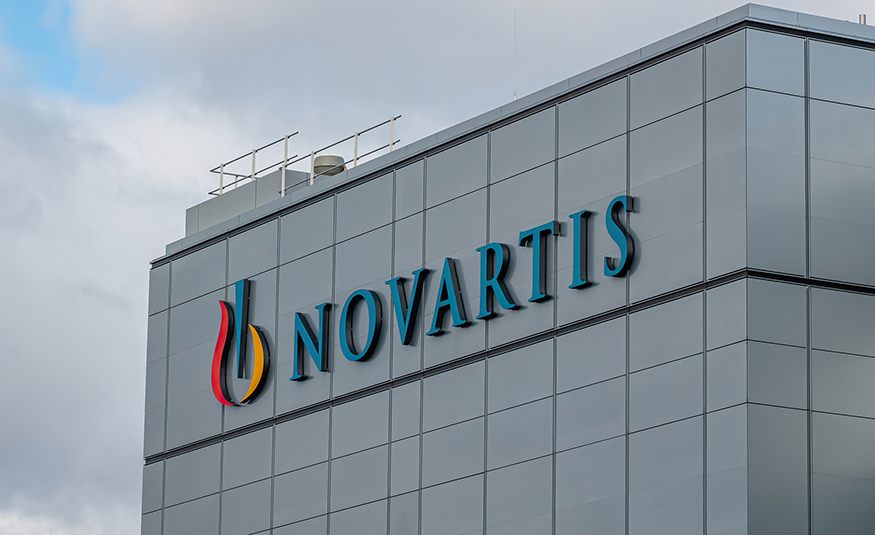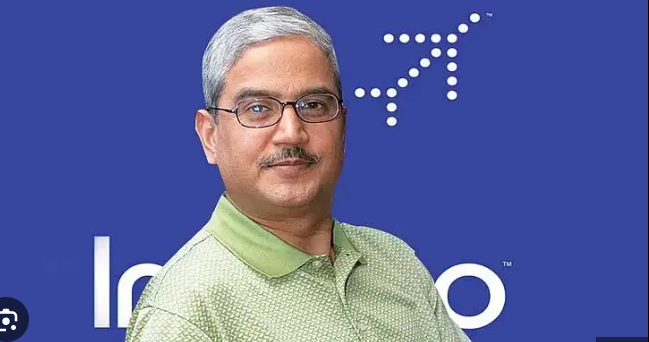The Institute of Chartered Accountants of India (ICAI) has released the official timetable for the CA September 2025 examinations, covering all three levels: Foundation, Intermediate, and Final. The exams are scheduled between September 3 and September 22, 2025.

CA September 2025 Exam Schedule
🔹 Final Course
- Group I: September 3 (Wednesday), 6 (Saturday), and 8 (Monday)
- Group II: September 10 (Wednesday), 12 (Friday), and 14 (Sunday)
- Paper 6: September 14 (Sunday)
🔹 Intermediate Course
- Group I: September 4 (Thursday), 7 (Sunday), and 9 (Tuesday)
- Group II: September 11 (Thursday), 13 (Saturday), and 15 (Monday)
🔹 Foundation Course
- Paper 1: September 16 (Tuesday)
- Paper 2: September 18 (Thursday)
- Paper 3: September 20 (Saturday)
- Paper 4: September 22 (Monday)
Exam Timings
- Foundation:
- Papers 1 & 2: 2:00 PM – 5:00 PM
- Papers 3 & 4: 2:00 PM – 4:00 PM
- Intermediate: All papers from 2:00 PM – 5:00 PM
- Final:
- Papers 1 to 5: 2:00 PM – 5:00 PM
- Paper 6: 2:00 PM – 6:00 PM
Important Notes
- No examinations will be held on September 5, 2025, due to the Milad-un-Nabi holiday.
- If any other exam date coincides with a public holiday declared by the Central or State Government, the exam schedule will remain unchanged.
Application Process
- Application Window: July 5 to July 18, 2025
- How to Apply:
- Visit the official ICAI website: icai.org
- Navigate to the “Examinations” section.
- Fill out the online application form.
- Upload required documents and pay the examination fee
Preparation Tips
- Start early and create a realistic study schedule.
- Focus on understanding concepts rather than rote learning.
- Regularly revise and practice past examination papers.
- Join study groups or coaching classes if needed.
- Ensure adequate rest and maintain a healthy routine.
For detailed information and updates, regularly check the official ICAI website: icai.org

